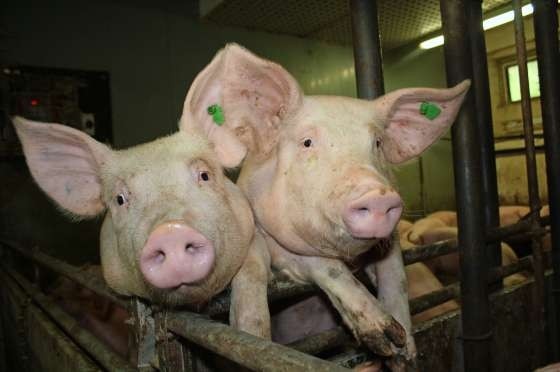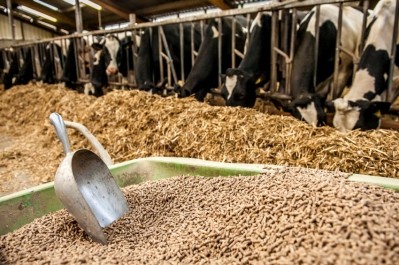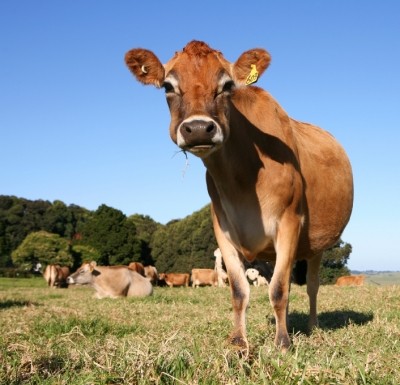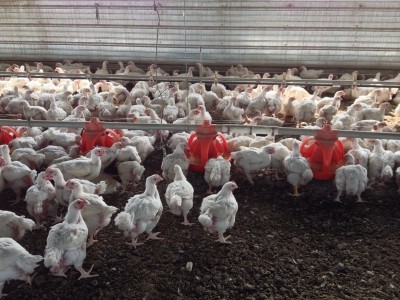Novus International: We’ve only ‘scratched the surface’ on trace minerals in feed

FeedNavigator recently chatted with Novus International’s Jeffrey Escobar, PhD, senior manager of swine nutrition research on new areas of potential for trace mineral nutrition and how changes in livestock production over the years have translated to different health needs for animals.
FeedNavigator: You recently said that we've ‘only scratched the surface’ regarding the benefits of adding trace minerals to animal feed, though they've been widely researched since they first became available 60-odd years ago. Can you elaborate on that? How much research is there at this point?
Jeffery Escobar: For many years trace mineral research was focused on tissue deposition and growth performance. A common theme among trace minerals is that they are co-factors for many enzymes in the body and are hence determinants on the speed or efficiency of these biochemical reactions.
Nowadays, we are also looking into the effects of trace mineral nutrition in these biochemical reaction and their products. For example, trace minerals are needed for the crosslinking of collagen, which is a main component of cartilage and skin. Cartilage, in turn, is a crucial tissue in joints and skin integrity and is important to prevent pathogen invasion.
Our research with Mintrex chelated trace minerals has demonstrated that trace mineral nutrition enhances cartilage formation and positively affects the ability of sows to be ambulatory; leading to both a positive impact on the welfare and on the reproductive performance. In poultry, for example, studies have shown that supplementation with Mintrex can reduce foot pad lesions and improve gut and skin integrity resulting in better welfare for chickens and saleable product for producers through improvements in meat quality. The body of research in trace minerals continues to grow at a rapid pace and because of advanced biochemical analysis, procedures are now focusing on the benefits of trace minerals in areas that were not possible 40 years ago.
FN: Talk about the unique benefits of chelates, specifically relating to bioavailability.
Dr. Escobar: Mintrex chelated trace minerals are chelated with HMTBa, the active ingredient in ALIMET, in a ratio of 2:1. This means there are 2 molecules of HMTBa per 1 molecule of mineral. This gives the mineral a superior level of stability in the digestive tract, digestibility and bioavailability. This is mainly accomplished by reducing the antagonism with other trace minerals in the gastrointestinal tract of the animals’ leading to more trace minerals being delivered to the site of intestinal absorption. In addition to this, Mintrex has the unique property of being chelated to a ligand that can be utilized by the animal.
FN: How have livestock changed over the decades, and how have their health needs changed as a result?
Dr. Escobar: There have been many changes in livestock production over the decades. Animals are more efficient in converting feed to product than ever before. Optimizing the genetic potential of the animal by feeding quality feed supplements with superior efficiency, has become a top priority to maximize this conversion.
Production systems have changed from an outdoor backyard operation for self-sustenance to indoor commercial facilities using the latest available technology. Modern farms diligently control different factors from temperature, air flow and lighting to animal density, ingredients and nutrients in the diet and water quality.
Health needs for animals have changed from an individual basis to group basis. Decades ago farmers focused on the individual needs of animals. This practice continues today, but we also have health practices applied to group housed animals. Many efforts are put in place to avoid the breakout of diseases in commercial farms and these biosecurity practices increase animal welfare as well as the food safety of animal products. As the industry advances in terms of welfare, production and efficiency, we expect new opportunities to manifest in terms of optimal mineral nutrition.














